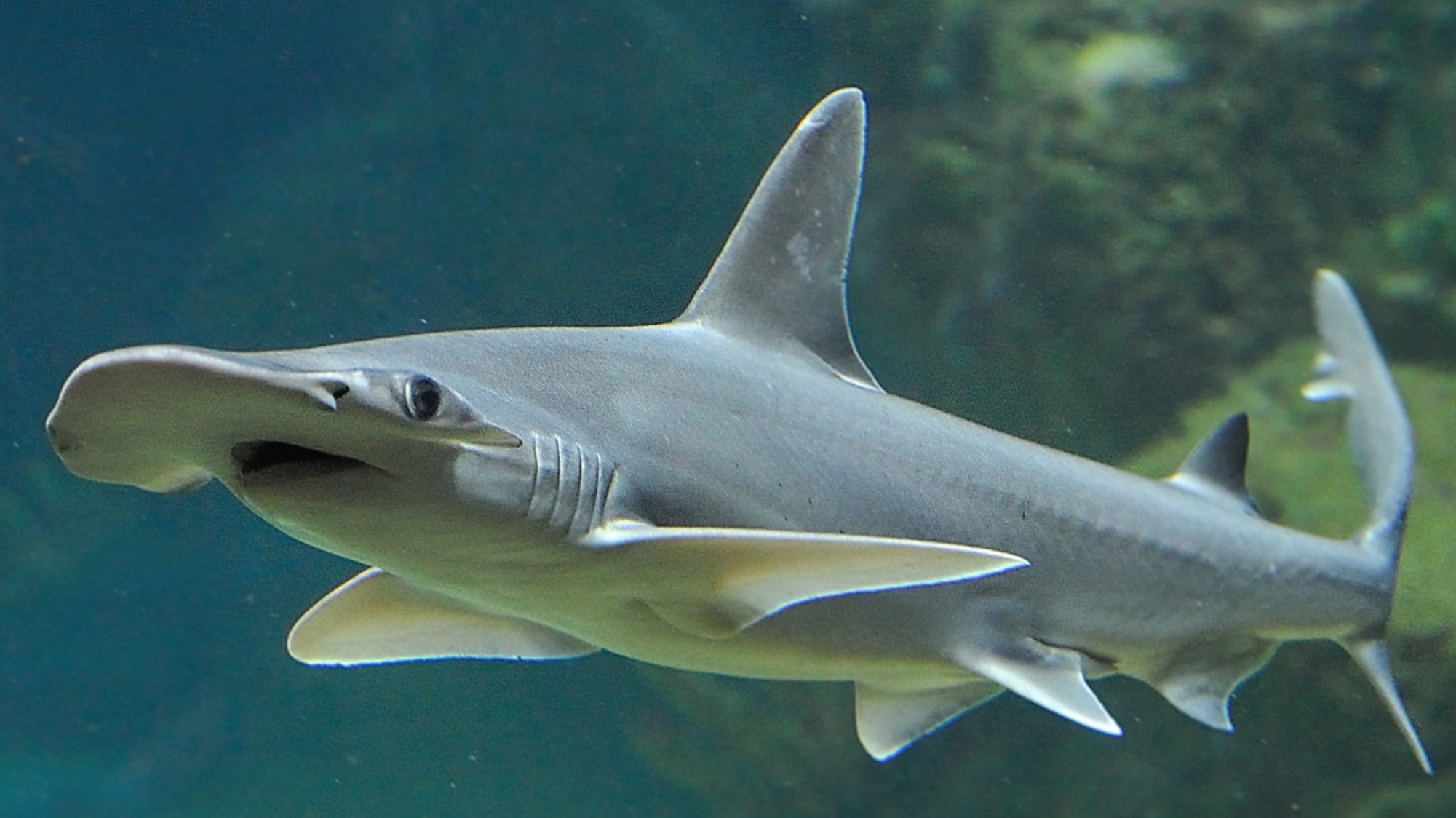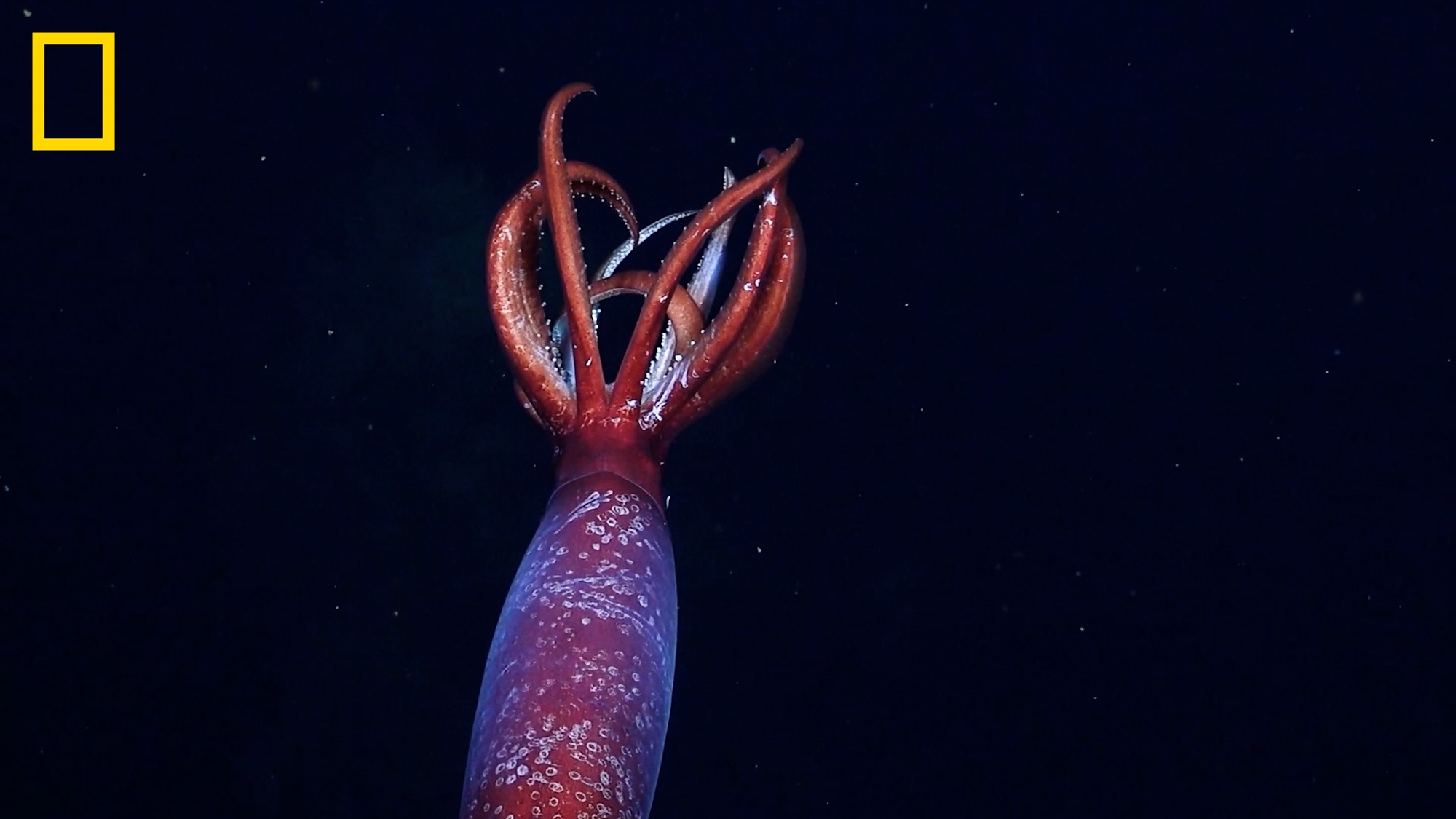
Get the Popular Science daily newsletter💡
Breakthroughs, discoveries, and DIY tips sent every weekday.
The osprey didn’t get its “fish hawk” nickname by chance. The raptor is the only bird known to possess specially designed feet and claws for snatching prey from the water. Its talons curve more than other avians, and spines on the pads of its feet work like barbs to grab fish scales. The birds can even rotate their outer toes so that two digits face forward while the other two face in the opposite direction, allowing them to better clasp their prey while flying.
While they generally target prey less than 12 inches long, occasionally an osprey catches something a bit larger than it can handle. Take a situation last month in Myrtle Beach, South Carolina. There, a man playing through a disc golf course witnessed an osprey drop a sizable hammerhead shark after being beset by crows.
“It’s not uncommon to see an osprey carrying something, but you take note because it’s still really cool to see,” Jonathan Marlowe told Garden & Gun magazine.
As it flew above the course’s 11th hole, a pair of crows attacked the osprey in what’s known as “mobbing.” The aggressive, cooperative technique is utilized by birds to protect territory against predators during breeding season. Although the raptor escaped unscathed, it gave up its meal during evasive maneuvers.
Marlowe initially thought the hawk was carrying a “random fish” likely retrieved from the nearby Atlantic Ocean—but he was surprised by what he found after walking over to examine the lost prey.
“We couldn’t believe it and kept asking ourselves, ‘did that really just happen?’” he said.
The osprey had given up a hammerhead shark. Known for its distinctive head shape called a cephalofoil, there are 10 known species around the world, with several populating the southern US coasts along the Atlantic. Three species are known to roam the waters near South Carolina according to the state’s Department of Natural Resources—the bonnethead (Sphyrna tiburo), scalloped hammerhead (Sphyrna lewini), and great hammerhead (Sphyrna mokarran). As LiveScience notes, a new, rare species known as the Carolina hammerhead (Sphyrna gilbert) was also discovered around the same region in 2013.
It’s unclear which species plopped onto the disc golf course. Instead of retrieving it, Marlowe opted to leave it where it lay just in case the osprey returned for its meal.

More deals, reviews, and buying guides
The PopSci team has tested hundreds of products and spent thousands of hours trying to find the best gear and gadgets you can buy.
























